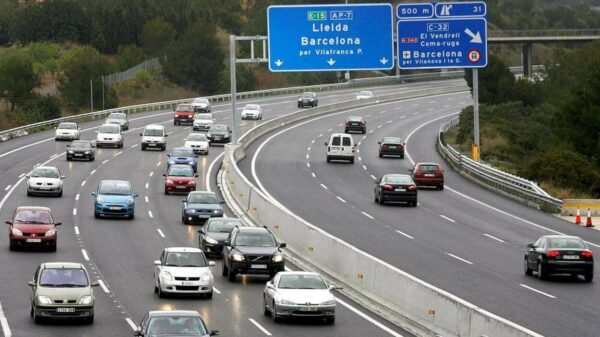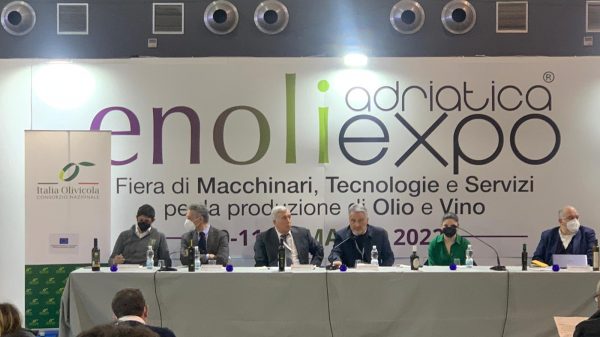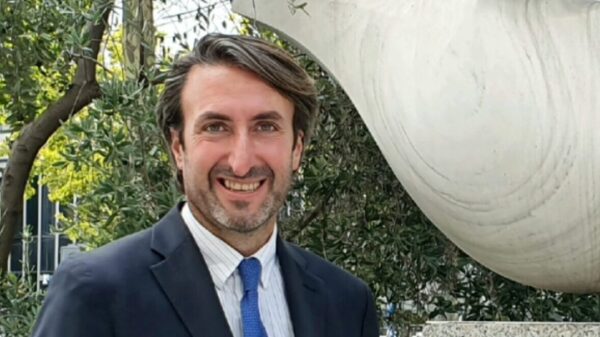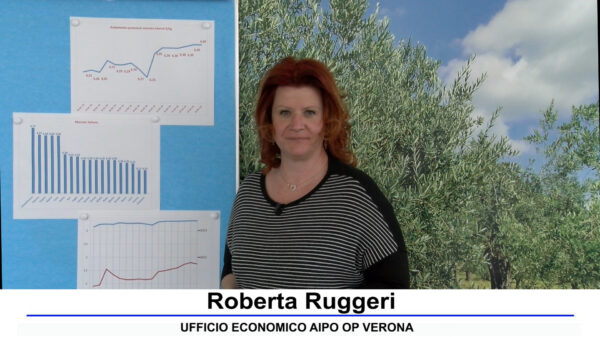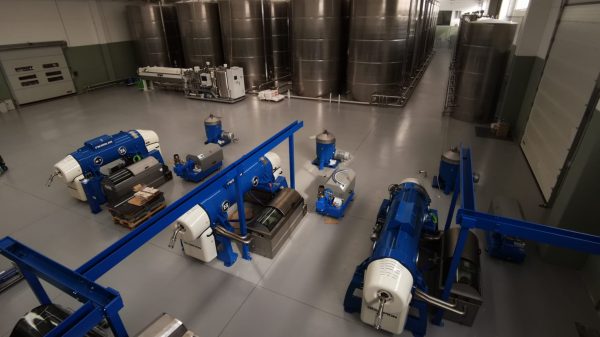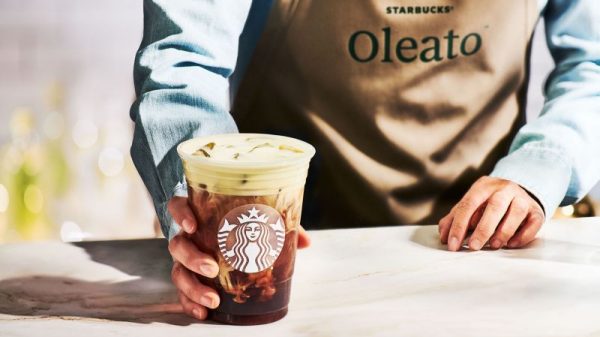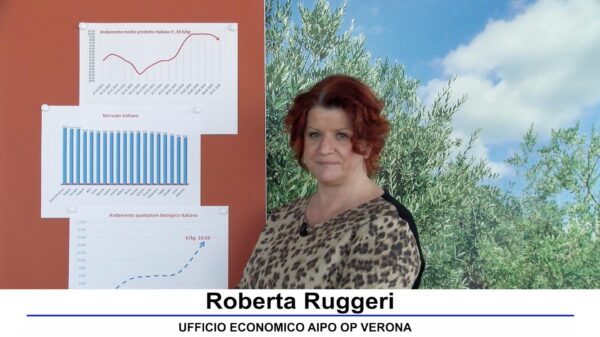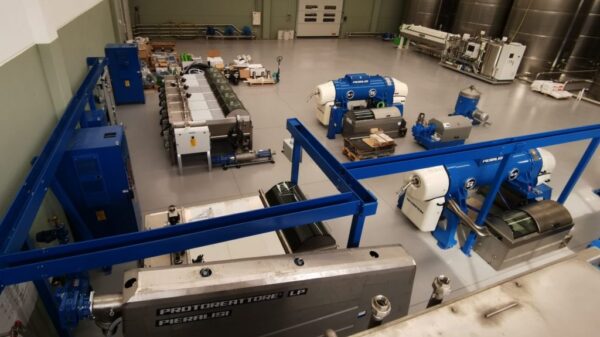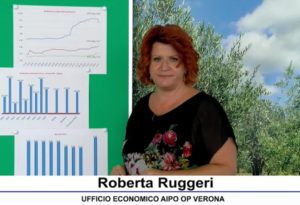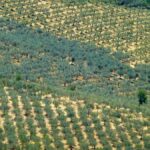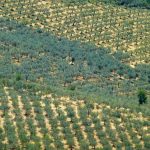The parallel between the daily cost of consuming extra virgin olive oil compared to that of a coffee (currently six times higher) that we expressed in the recent article “Is olive oil at 22 cents a day a luxury good?” was promptly taken up by Anna Cane (in the picture), president of the Italian Olive Oil Supply Chain (Fooi) in the interesting conference promoted by Italy Olivicola in Bari. Punctually resumed, we were saying, for an extremely lucid and shareable overall reasoning on the prospects of the extra virgin olive oil market. Which we try to summarize here.

Anna Cane, who is also president of Assitol, i.e. the Italian Association of the olive oil industry, highlighted that the situation on the shelves appears very critical and that the consumer, although we have not yet seen the full increase in raw material prices, it is already slowing down its purchase. And if the consumer slows down the purchase, is Cane's reasoning, we are faced with two problems.
The first is of a social nature, because it impacts health. Extra virgin olive oil is not just any food, but it has health properties that make it a cornerstone of the Mediterranean diet, which is the diet considered most correct for human health. If this food is missing from the consumer's table, added President Fooi, in the medium to long term we will have a health problem.
The second economic problem, or rather of correct value for fair remuneration of the entire supply chain. And this problem it must be transformed into an opportunity. If in fact, claims Anna Cane, we will all be capable together - even bringing it into play the institutions that must carry out specific campaigns on the benefits of olive oil – to sell a product at a high price today, then we will have the opportunity to raise the value of the product even when production returns to normal levels. Maybe by "splitting" the extra virgin olive oil from all the rest of the fats, and therefore considering it a “premium” product and not a “commodity”. If we can communicate all this well, reiterated President Fooi, the value of the product in the future will not return to 4 euros as in the past, but it can be positioned on the shelf at 8/9 euros. A price, he commented, which for the daily per capita consumption of extra virgin olive oil, will still remain much lower than a coffee.
In this regard, he also highlighted how these days the butter shelves in supermarkets have become crowded, how many families have shifted their consumption to animal fats, especially in those regions where there was a tradition in this sense, perhaps bringing back into vogue the Grandma's recipe that used lard.
We must all together maintain a high image of extra virgin olive oil, he then concluded, to try to defend sustainable consumption at the consumer's home, making him understand that, with a shopping cart that is more attentive to the Mediterranean diet, on the one hand the wallet is not at a disadvantage, while on the other the health is strongly advantaged .
Concepts shared by all the other speakers at the round table moderated by Albert Grimelli director of Teatro Naturale, that is Benedetto Fracchiolla of Finoliva Global Service, Elijah Pellegrino president of Aifo e Marcello Dragoni Italy Olivicola consultant.
